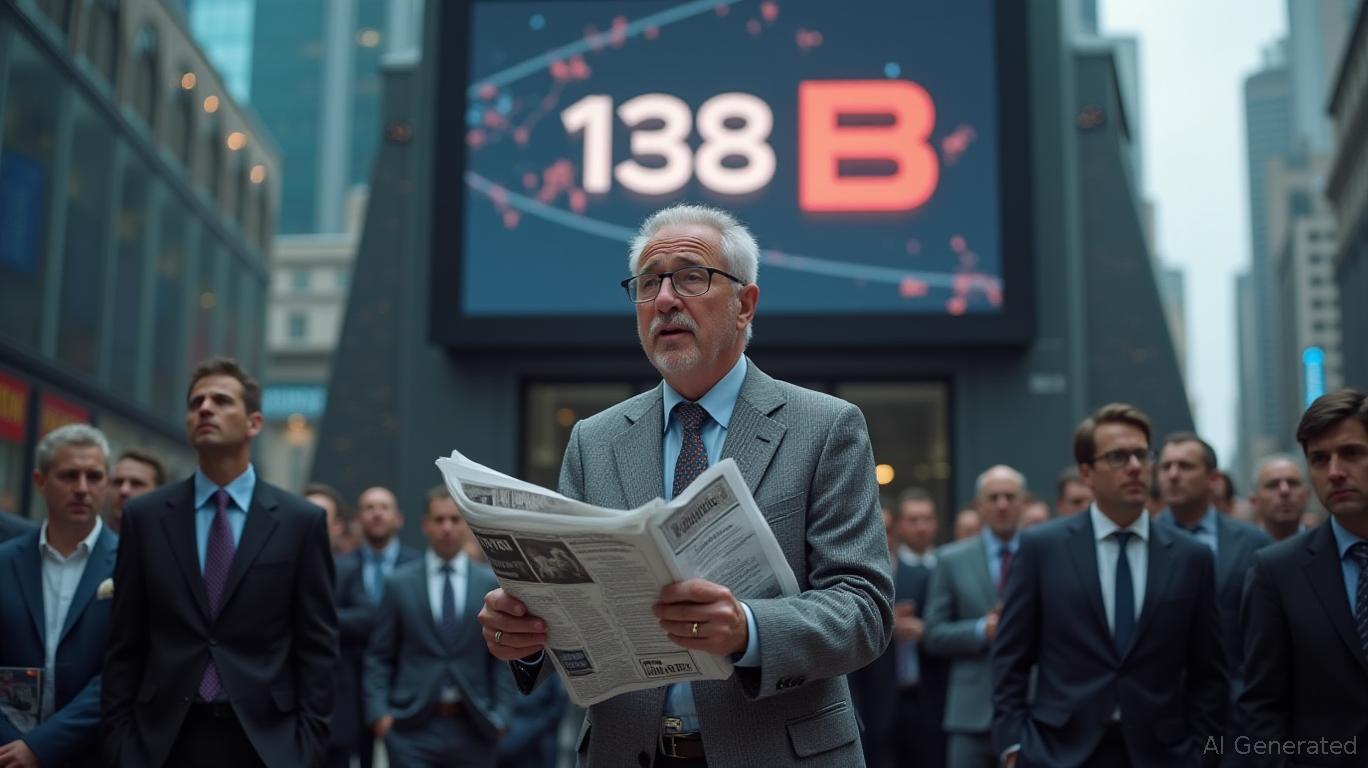Solana News Today: SBF Asserts FTX Stayed Solvent, Opponents Argue Legal Actions Destroyed $138B
- Sam Bankman-Fried claims FTX faced a liquidity crisis, not insolvency, and external counsel's actions destroyed $138B in potential value by liquidating assets at fire-sale prices. - SBF's 14-page document asserts FTX held $25B in assets and $16B in equity in 2022, sufficient to cover withdrawal demands, but critics dismiss this as revisionist blame-shifting. - Legal fallout includes $1.4B paid to consultants, $1.15B lawsuit against Genesis, and SBF's 25-year prison sentence upheld by Judge Kaplan for mis
Sam Bankman-Fried, the former head of the now-defunct crypto exchange FTX, has sparked renewed discussion about the 2022 downfall of his company. In a recent post on X, he insisted that FTX was always solvent and could have reimbursed all its users if outside legal advisors had not stepped in. This assertion, laid out in a 14-page document credited to SBF and his associates, claims FTX’s troubles were due to a liquidity crunch rather than insolvency, and that bankruptcy actions led by attorneys wiped out $138 billion in potential value, as highlighted in a
The document, posted through SBF’s X account, states that as of November 2022, FTX possessed $25 billion in assets and $16 billion in equity, more than enough to meet the $8 billion in withdrawal requests that precipitated its collapse. SBF places responsibility on outside legal counsel, including the law firm Sullivan & Cromwell and CEO John J. Ray III, for taking over and selling off assets at steep discounts. “FTX was never insolvent, even when its attorneys filed for bankruptcy,” the document claims, according to a

However, critics have dismissed SBF’s statements as an attempt to rewrite history and shift responsibility. Blockchain investigator ZachXBT pointed out that creditors were compensated based on 2022 valuations, not today’s prices, resulting in substantial losses for users. “The fact that illiquid assets are worth more now is just happenstance,” he commented in a
The ongoing legal and financial consequences are immense. Court records reveal that $1.4 billion has been paid to consultants and attorneys, while asset liquidations—including $1 billion in Anthropic shares and $3.3 billion in Solana tokens—have diminished potential returns, according to the earlier Lookonchain analysis. SBF’s 25-year prison term, delivered in 2024, was upheld by Judge Lewis Kaplan, who referenced the “thief in Vegas” analogy to stress that there would be no leniency for the misuse of funds, as reported by Decrypt.
Political factors add further complexity. Conservative commentator Laura Loomer alleges that a “large and well-financed” campaign is underway to secure a presidential pardon for SBF, drawing parallels to Trump’s recent pardon of Binance founder Changpeng Zhao. According to a
As the FTX bankruptcy estate approaches full repayment of customer claims—between 119% and 143% of approved amounts—debate continues over responsibility in the crypto world. While creditors are receiving cash payouts, they miss out on the dramatic appreciation of assets like Solana and Anthropic. “The estate may have destroyed over $120 billion in possible value,” one analysis observed, underscoring the conflict between legal processes and actual financial outcomes.
SBF’s assertions highlight ongoing disputes over corporate oversight and regulatory action in the cryptocurrency industry. With his sentencing date approaching and political maneuvering intensifying, the FTX case remains a key test of accountability in a sector still struggling with instability.
Disclaimer: The content of this article solely reflects the author's opinion and does not represent the platform in any capacity. This article is not intended to serve as a reference for making investment decisions.
You may also like
Epic Games CEO hails Google’s antitrust agreement as a victory for Android’s ‘future as an open platform’
Google receives approval from the US government to purchase Wiz in a $32 billion deal
This company’s metal towers might offer a solution to the significant heat challenges faced by AI.
